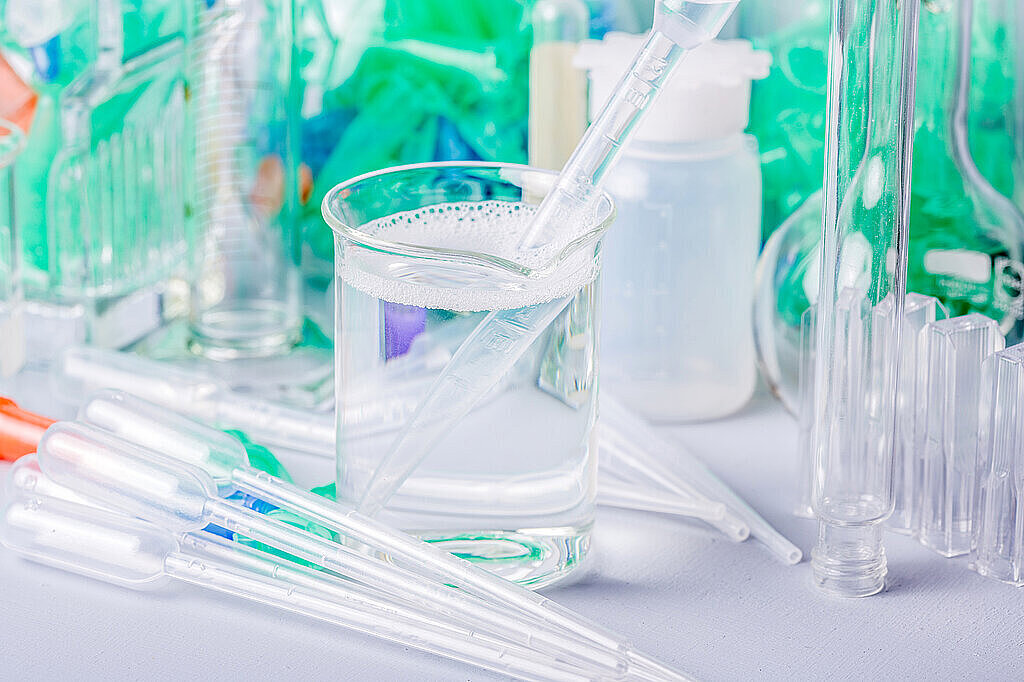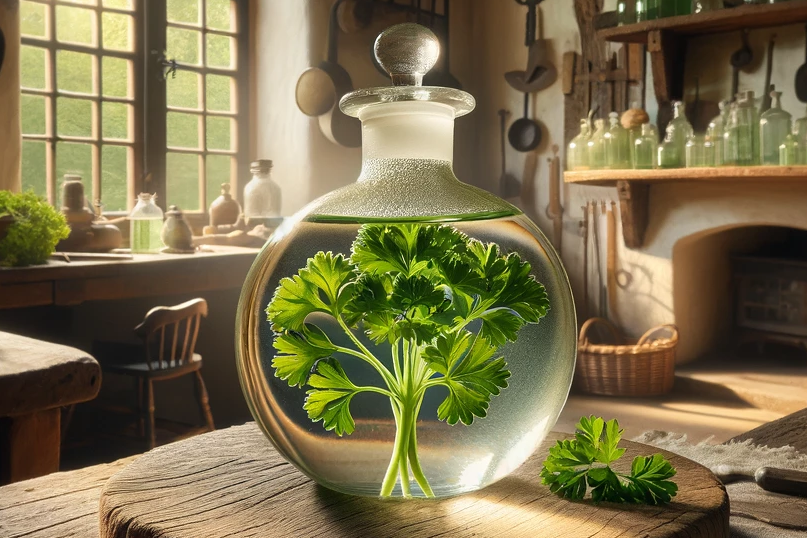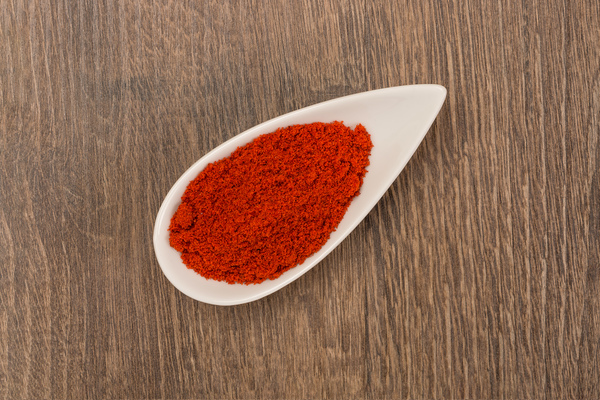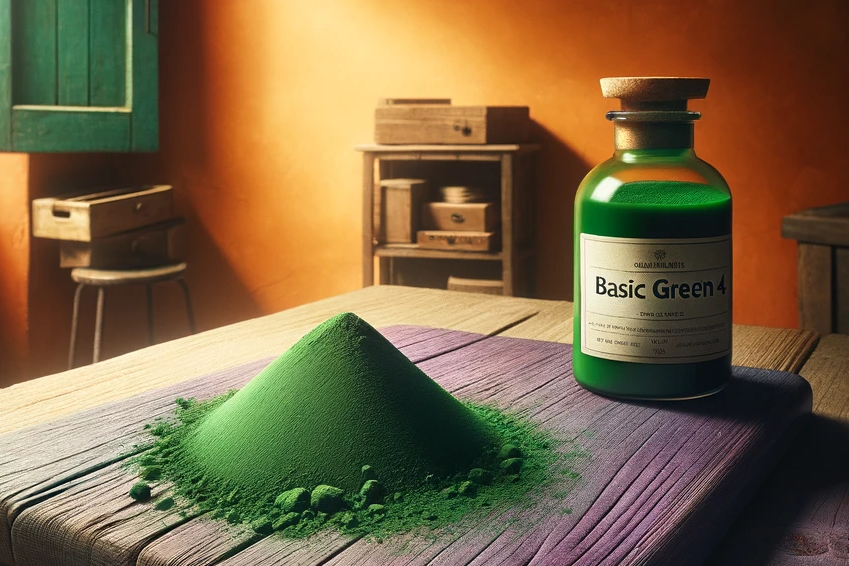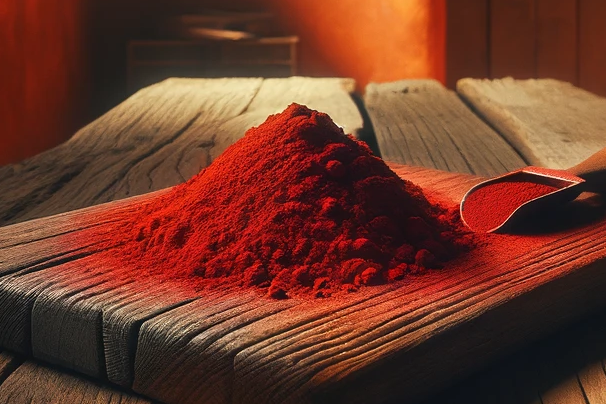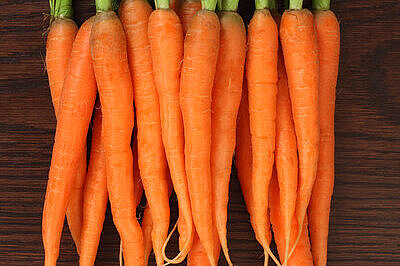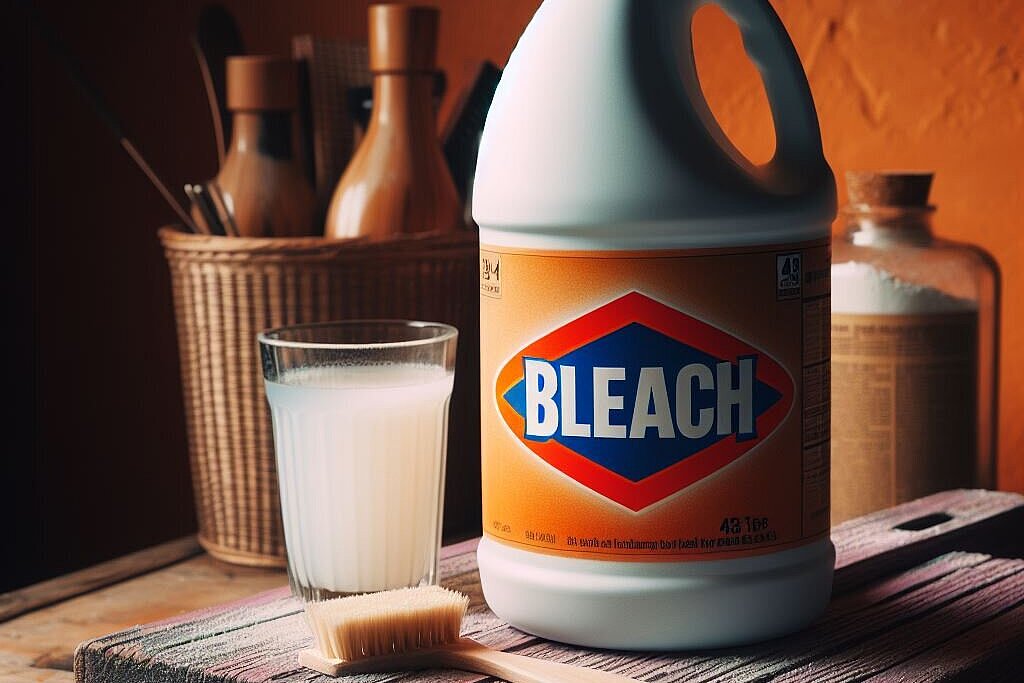Chemistry
When the term "chemical" is used to describe an ingredient in dog food, it can have different meanings and it is not always immediately clear what exactly is meant. Generally, the term "chemical" refers to chemical additives or artificially produced substances that may be added to the food for various reasons.
These chemical additives can be preservatives, colorants, flavor enhancers or other additives that are used to extend the shelf life, improve the appearance or taste of the food. Some of these chemical additives are safe for dogs, while others may be controversial or potentially harmful.
Chemistry
Artificial additive
Baked goods
Processed food
Feeding not recommended
Potential source of danger
Ammonium carbonate
Chemistry
Artificial additive
Liquid
Medicine
conditionally compatible
Feeding toxic
Potential source of danger
Ammonium chloride
Chemistry
Artificial additive
Feeding not recommended
Ammonium hydrogen carbonate
Chemistry
Artificial additive
Feeding toxic
Potential source of danger
Ammonium hydroxide
Chemistry
Biotechnology
Supports digestion
Amylases
Chemistry
Aroma
Medicine
conditionally compatible
Tolerated in small quantities
Anethole
Chemistry
Artificial additive
Feeding toxic
Feeding not recommended
Potential source of danger
anionic surfactants
Chemistry
Biotechnology
Can support the immune system
Antibodies
Chemistry
Biotechnology
Antigen
Chemistry
Aroma
can have effects on the nervous system
Can support kidney function
May have anti-inflammatory properties
Traditional use in phytotherapy
Medicinal plant
Potential source of danger
Apiol
Chemistry
can have effects on the nervous system
Feeding toxic
Feeding not recommended
Highly toxic
Can cause cancer
Potential source of danger
Arsenic
Chemistry
Feeding not recommended
artificial additives
Long lasting
Chemistry
Preservative
Artificial additive
Stabilizer
Rich in antioxidants
Rich in vitamins
Ascorbyl palmitate
Chemistry
Aroma
Medicine
conditionally compatible
Feeding not recommended
Aspartame
Chemistry
Feeding toxic
Highly toxic
Can cause cancer
Potential source of danger
Atrazine
May have antibacterial properties
May have antioxidant properties
Chemistry
Dermatological application
May have antifungal properties
May have anti-inflammatory properties
Can support skin and coat health
Drug
Topical application
Azelaic acid
Chemistry
Colorants
Artificial additive
Feeding toxic
Feeding not recommended
Potential source of danger
Potential allergy trigger
Compatibility unknown
Azorubin
Chemistry
Artificial additive
Bad for the teeth
Feeding toxic
Potential source of danger
Barium hydroxide
Chemistry
Colorants
Artificial additive
May interact with medications
Not suitable for consumption by dogs
Potential source of danger
Basic Green 4
Chemistry
Colorants
Artificial additive
May interact with medications
Can trigger hyperactivity in sensitive dogs
Can cause cancer
Not suitable for consumption by dogs
Potential source of danger
Basic Orange 2
Chemistry
Colorants
Artificial additive
Highly toxic
Can cause cancer
Not suitable for consumption by dogs
Potential allergy trigger
Basic Red 22
Chemistry
Colorants
Artificial additive
Feeding not recommended
Can trigger hyperactivity in sensitive dogs
Can cause cancer
Can cause digestive problems
Not suitable for consumption by dogs
Potential source of danger
Basic Yellow 2
Chemistry
Emulsifier
Hydrating agent
Preservative
Artificial additive
Plasticizer
Dermatological application
Topical application
Potential allergy trigger
Behenyl alcohol
Chemistry
Disinfectant
Preservative
Artificial additive
Cleaning agent
Antiseptic
Dermatological application
Drug
Topical application
Use in animal care
Not suitable for consumption by dogs
Potential source of danger
Benzalkonium chloride
Chemistry
Disinfectant
Cleaning agent
Poison control
can have effects on the nervous system
Feeding toxic
Feeding not recommended
Highly toxic
Can trigger hyperactivity in sensitive dogs
Can cause cancer
Not suitable for consumption by dogs
Potential source of danger
Benzene
Chemistry
Disinfectant
Preservative
Artificial additive
Antiseptic
Potential allergy trigger
Benzoic acid
Chemistry
Colorants
Artificial additive
May interact with medications
Can contribute to the promotion of blood health
Can trigger hyperactivity in sensitive dogs
Can cause cancer
Can cause digestive problems
Not suitable for consumption by dogs
Potential source of danger
Benzyl violet 4B
Common ingredient in dog food
Superfood
Chemistry
Colorants
Can support the immune system
Can help prevent urinary tract infections
Can have a positive effect on cholesterol levels
Can have a detoxifying effect
May have anti-inflammatory properties
Can support skin and coat health
Can contribute to the promotion of intestinal health
Food supplements
Plant
Rich in essential substances
Rich in antioxidants
Rich in nutrients
Safe feeding
Suitable for vegan diets
Suitable for vegetarian diets
Beta-carotene
Chemistry
Dermatological application
May have anti-inflammatory properties
May interact with medications
Drug
Emergency medicine
Topical application
Feeding toxic
Feeding not recommended
Potential source of danger
Betamethasone
May have antibacterial properties
Chemistry
Aroma
Essence
Oil
Calming effect
May have antifungal properties
Can support wound healing
May have anti-inflammatory properties
Can support skin and coat health
Naturopathy
Traditional use in phytotherapy
Medicinal plant
Herbal sedative
Bisabolol
Chemistry
Disinfectant
Cleaning agent
Highly toxic
Can cause cardiac arrhythmia
Can cause cancer
Not suitable for consumption by dogs
Potential source of danger
Bleaching agent
Binder
Chemistry
Disinfectant
Preservative
May interact with medications
Topical application
Not suitable for consumption by dogs
Potential source of danger
Compatibility unknown
Bleaching earth


